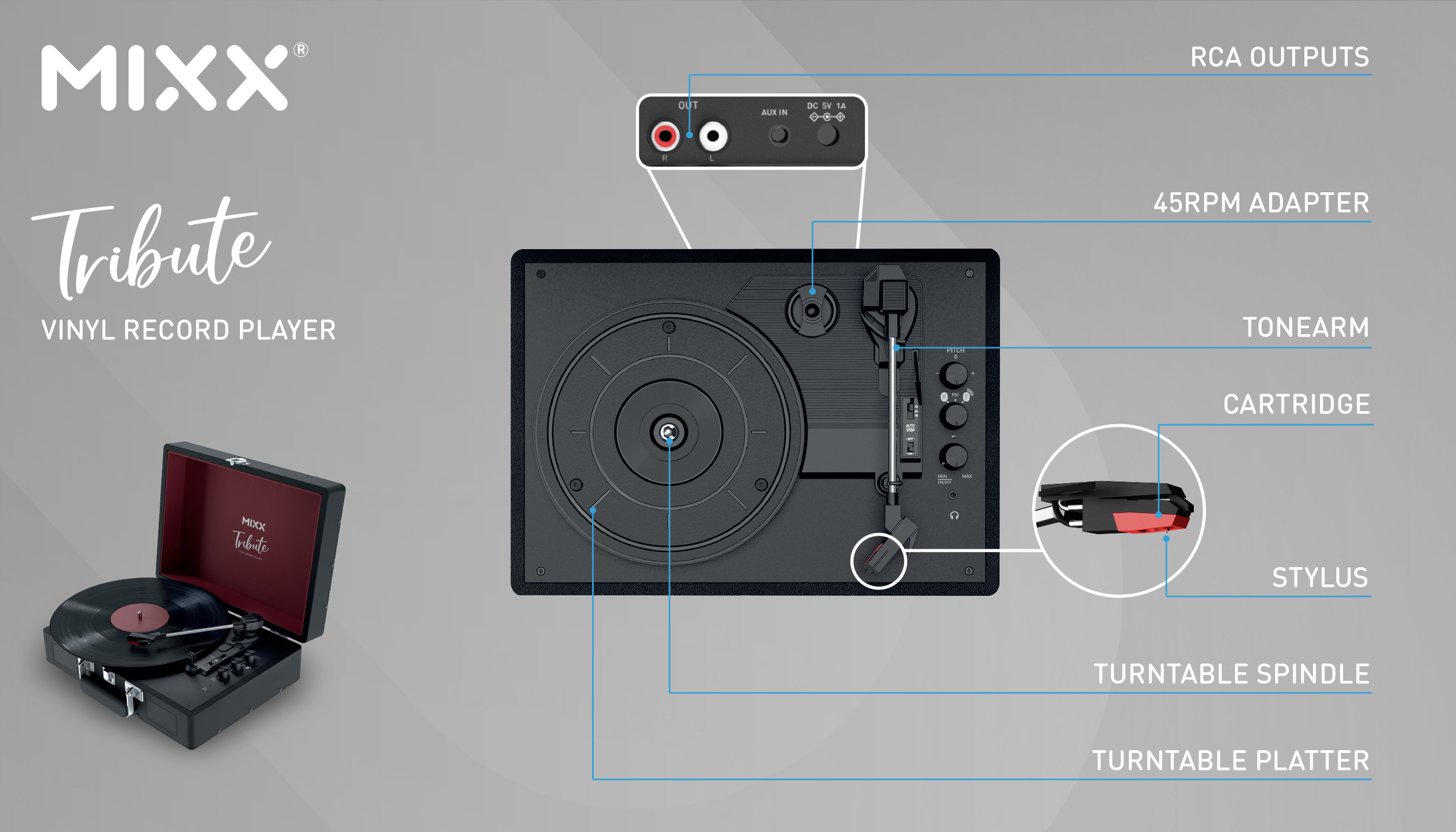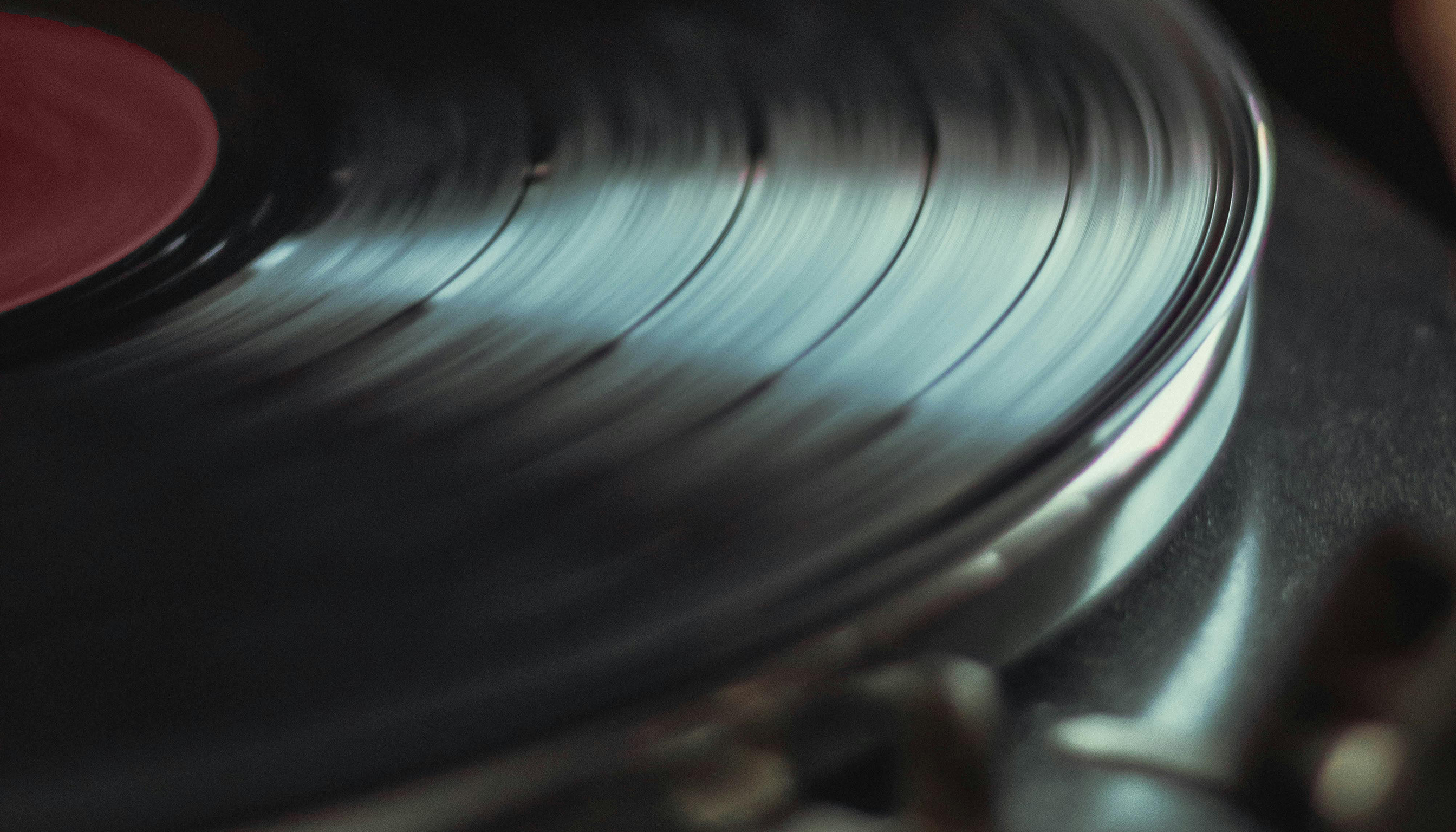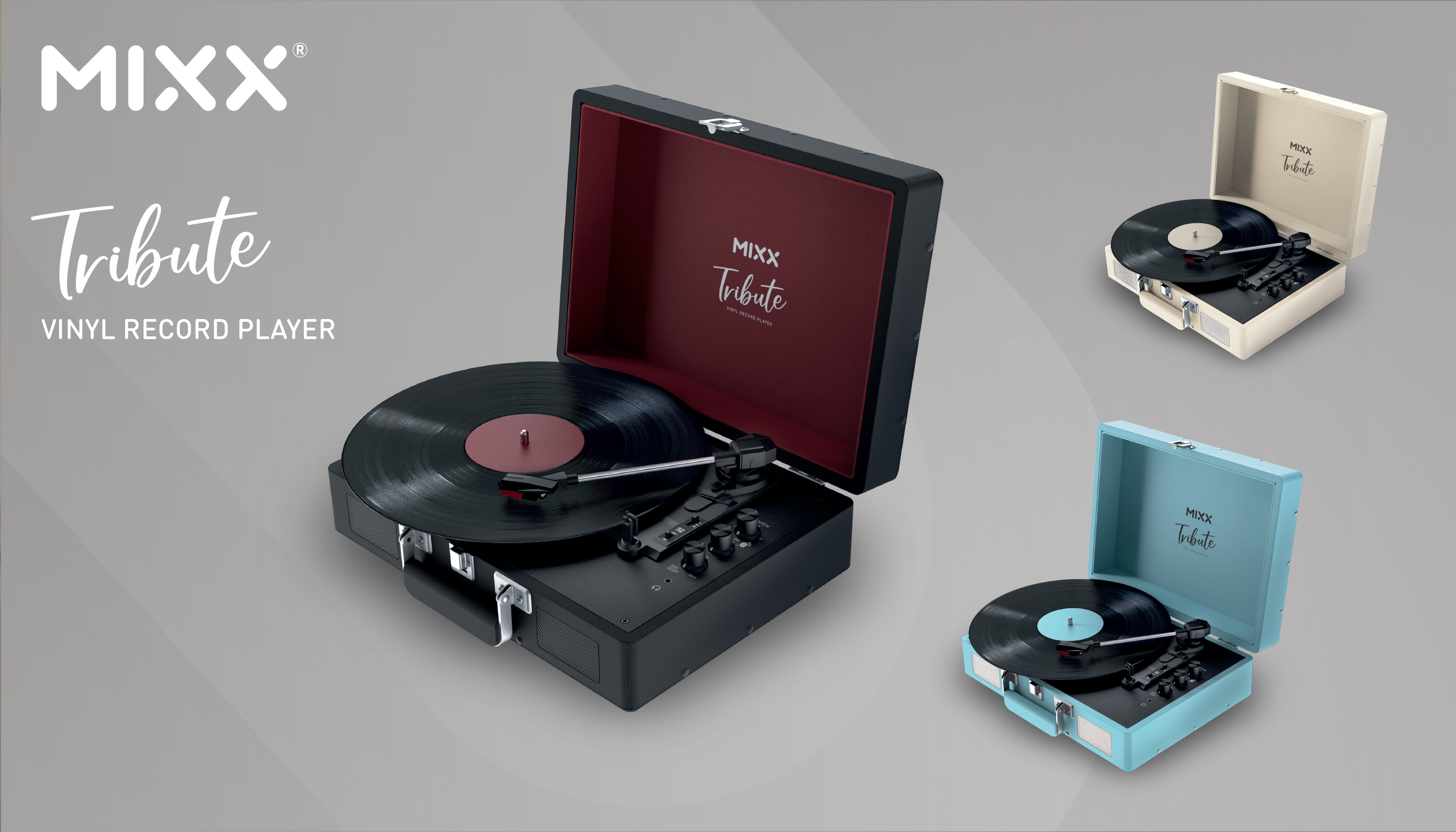HOW RECORD PLAYERS WORK
Written by Asha Kalsi
Over the last decade, we've seen a resurgence in retro tech, with standout comebacks like the classic record player and vinyl records. Even in 2024, with all the technological leaps since the creation of vinyl, there's a magnetic pull to its timeless appeal. Perhaps it's the warmth and richness of the sound, truly immersing you in the music. Maybe it’s the slight imperfections caused by tiny bits of dust on your records that give your music character. Besides, analogue media is a lossless format that delivers a level of authenticity and fidelity that just can’t be achieved through digital means.

Let’s Start with Making the Platter Spin!
The platter (or turntable), crafted from acrylic, steel or aluminium, gets into its groove courtesy of a reliable motor. There are two main methods for this: belt drive systems and direct drive systems. Belt drive systems employ an elasticated silicone belt attached to either the inner or outer edge of the underside of the platter, using a motor to set it into motion. Direct-drive systems operate by having a motor directly attached to the platter itself, facilitating its rotation. You're most likely to come across belt drive systems because they have the best sound quality, and the most consistent speed control—unless you're after a DJ deck, as direct drive offers more torque to keep the platter spinning when manipulating the record.
Placing the Tonearm on the Record
The tonearm is attached to the base, and its main role is to hold the stylus and cartridge, and to position the stylus exactly perpendicular to the groove in the record. It can be adjusted, either lowered or raised, enabling you to delicately place the needle onto your records. The cartridge, acting as the signal hub, transfers the signals captured by the stylus through the tonearm. This conveys the electrical current to both the preamp and amplifier. As the stylus connects with the record's surface, it interprets the vibrations, transforming them into the songs you love.
Feeling the Grooves (on your Vinyl Record)
Vinyl records tell stories through their grooves. When the stylus jumps along with the undulating ridges, it's the vibrations that reproduce the sound. Tipped with durable materials like sapphire or diamond, the stylus glides smoothly through them as the record spins, capturing the essence of the music. Interestingly, it's because of these undulations that even if a record is left spinning without a speaker, you can still catch a faint whisper of the music. When setting up your turntable, it’s important to make sure it is level, flat and not somewhere where it will be vibrated or knocked as it is playing – vibration and knocks can cause your needle to skip and can damage the record, and will also reduce the quality of the sound playback. If your tonearm has adjustable weight and anti-skate mechanism, it’s worth checking the specifications for your needle and setting this correctly also!

Turning the Vibrations into Electrical Signals
The stylus cartridge is mounted at the end of the tonearm, serving as a transducer that converts the mechanical movement of the vibrating stylus into electromagnetic energy. Most record players employ one of three mechanisms: ceramic cartridges, moving magnet cartridges or moving coil cartridges.
Ceramic cartridges are commonly found in affordable record players like the Mixx Tribute, making them an excellent choice. Known for their durability and affordability, ceramic cartridges are constructed with robust ceramic materials such as aluminium oxide or silicon nitride. These ceramic materials have a crystalline structure that allows for high hardness, electrical insulation and wear resistance. They incorporate piezoelectric materials like lead zirconate titanate; this means that when the stylus moves, these materials generate electrical signals providing a reliable playback experience for anyone looking to dip their toe into the world of vinyl.
Moving magnet cartridges are also fairly common, featuring a small magnet in the cartridge positioned between two coils to generate stereo output. The magnetic field generated by the movement induces a small electrical current in the coils. These cartridges are a great choice for casual at-home use due to their lighter needle pressure, which is gentler on your records. They also have a removable stylus that’s easy to replace.
In comparison, the more high-end moving coil cartridge operates similarly, but in this case, it's the coils that move instead of the magnet. This type is a popular choice for more expensive record players, offering a more fluid sound attributed to its lighter weight, resulting in more precise and higher-quality audio.
Amplifying Your Sound!
When it comes to bringing your vinyl to life, these electrical signals need to be amplified to a level that the speakers can output. The preamp is responsible for strengthening these signals in a way that the rest of the system can work with. It steps up the signal, boosting it for compatibility with the amplifier. When the amplifier encounters this signal, it is elevated to the compatible level for your speakers, allowing you to kick back and enjoy your music.

Enjoy the Retro Vibes of the Mixx Tribute Record Player!
Experience the rich, warm vibes of your vinyl records with the Mixx Tribute Vinyl Record Player. Its built-in stereo speakers use RCA outputs to deliver captivating stereo sound that truly brings your music to life. More than just a record player, the Mixx Tribute offers the convenience of Bluetooth inputs and outputs, seamlessly transforming your setup into a versatile Bluetooth speaker. And don’t worry about leaving any records out - the 45rpm adapter means all your favourites can join the party. Plus, with the durable carry case, you can take the good vibes wherever you go. Elevate your music experience with Mixx Tribute – an affordable dive into the world of vinyl!

